FALL Sports Special - FREE SHIPPING on any mouthguard purchase. No code needed!
IMPORTANT INFORMATION
CONCUSSIONS FYI
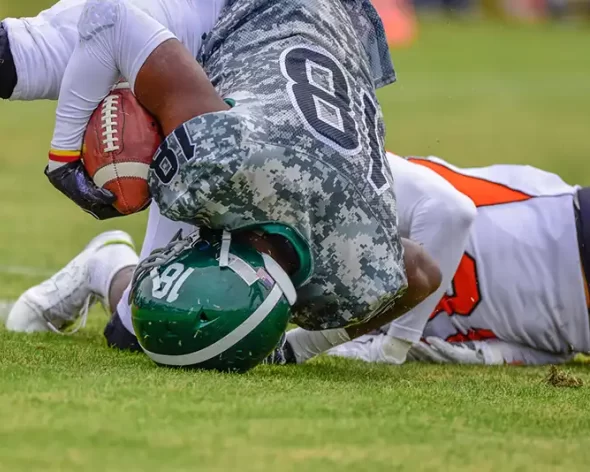
What is a Concussion?
A concussion is a disturbance in brain function that occurs following either a blow to the head or as a result of the violent shaking of the head.
In the United States, the annual incidence of sports-related concussion is estimated at 300,000. Estimates regarding the likelihood of an athlete in a contact sport experiencing a concussion may be as high as 19% per season.
In a University of Pittsburgh Medical Center (UPMC) study of high school and college athletes with concussion, on-the-field amnesia, not loss of consciousness, as long thought, was predictive of post-injury symptom severity and neurocognitive deficits.
Post-Concussion Syndrome
Although the majority of athletes who experience a concussion are likely to recover, an unknown number of these individuals may experience chronic cognitive and neurobehavioral difficulties related to recurrent injury. Symptoms may include:
- Chronic headaches
- Fatigue
- Sleep difficulties
- Personality changes (e.g. increased irritability, emotionality)
- Sensitivity to light or noise
- Dizziness when standing quickly
- Deficits in short-term memory, problem solving and general academic functioning
This constellation of symptoms is referred to "Post-Concussion Syndrome" and can be quite disabling for an athlete. In some cases, such difficulties can be permanent and disabling.
In addition to Post-Concussion Syndrome, suffering a second blow to the head while recovering from an initial concussion can have catastrophic consequences as in the case of "Second Impact Syndrome," which has led to approximately 30-40 deaths over the past decade.
Concussion Assessment
Upon ruling out more severe injury, acute evaluation continues with assessment of the concussion. First, the clinician should establish the presence of any loss or other alteration of consciousness (LOC). LOC is relatively rare and occurs in less than 10% of concussions.
The identification of LOC can be very tricky, as the athlete may lose consciousness very briefly and this event may not be directly observed by others. By definition, LOC represents a state of brief coma in which the eyes are typically closed and the athlete is unresponsive to external stimuli. LOC is most obvious when an athlete makes no attempt to brace his or her fall following a blow to the head. Any athlete with documented LOC should be managed conservatively, and return to play is contraindicated.
Although helpful in identifying more serious concerns (e.g. skull fracture, hematoma, contusion), traditional neurological and radiologic procedures, such as CT, MRI, and EEG, are not useful in identifying the effects of concussion. Such tests are typically unremarkable or normal, even in athletes sustaining a severe concussion. The reason for this issue is that concussion is a metabolic rather than structural injury. Thus, structural neuroimaging techniques are insensitive to the effects of concussion.
Common Signs of a Concussion
- Appears Dazed Or Stunned
- Confused About Assignment
- Forgets Plays
- Unsure Of Game, Score, Or Opponent
- Moves Clumsily
- Answers Questions Slowly
- Loses Consciousness (even temporarily)
- Shows Behavior Or Personality Change
- Forgets Events Prior To Hit (retrograde amnesia)
- Forgets Events After Hit (anterograde amnesia)
Common Signs Reported By Athletes
- Headache
- Nausea
- Balance Problems Or Dizziness
- Double Or Fuzzy Vision
- Sensitivity To Light Or Noise
- Feeling Sluggish
- Feeling "Foggy"
- Change In Sleep Pattern
- Concentration Or Memory Problems
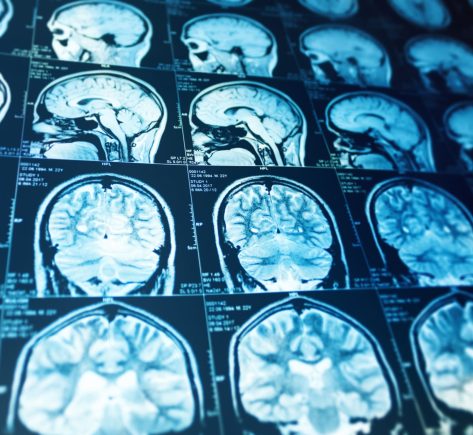
Concussion Management Guidelines
At the forefront of proper concussion management is the implementation of baseline and/or post-injury neurocognitive testing. Such evaluation can help to objectively evaluate the concussed athlete's post-injury condition and track recovery for safe return to play, thus preventing the cumulative effects of concussion. In fact, neurocognitive testing has recently been called the "cornerstone" of proper concussion management by an international panel of sports medicine experts.
Current management guidelines (i.e. Grade 1, 2, 3 of concussion) are not evidenced-based and little to no scientific data support the arbitrary systems that are in place to manage concussion. As a result, there are currently 19 different management criteria available for concussion management, which are often misused and misinterpreted.
Concussion Recommendations
According to the Vienna, Prague and Zurich Conference Recommendations, athletes should complete the following step-wise process prior to return to play following concussion:
- Removal from contest following signs and symptoms of concussion
- No return to play in current game
- Medical evaluation following injury
- Rule out more serious intracranial pathology
- Step-wise return to play
- No activity - rest until asymptomatic
- Light aerobic exercise
- Sport-specific training
- Non-contact drills
- Full-contact drills
- Game play
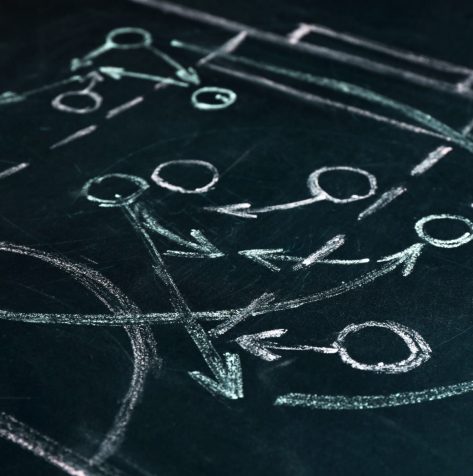
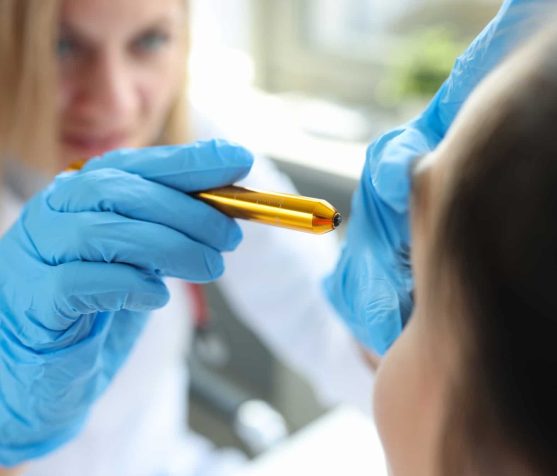
Concussion Treatment
The goal of concussion treatment is to allow the brain injury to heal. Treatment of concussions differs depending on the level of severity. Concussion treatment may include:
- Rest. Provide adequate time for recovery from a concussion. Do not rush back into daily activities for work or school.
- Preventing re-injury. Avoid activities that might jolt or jar your head. Never return to a sports activity until your doctor has given you clearance. Ask when it's safe to drive a car, ride a bike, work or play at heights, or use heavy equipment.
- Limiting exposure to drugs. Do not take medicines without your doctor's permission. This is especially true with aspirin, blood thinners, and drugs that cause drowsiness. Avoid the use of alcohol or illicit drugs.
Concussion Recovery
Athletes who are not fully recovered from an initial concussion are significantly vulnerable for recurrent, cumulative, and even catastrophic consequences of a second concussion.
Such difficulties are prevented if the athlete is allowed time to recover from a concussion and return to play decisions are carefully made. No athlete should return to sport or other at-risk participation when symptoms of concussion are present and recovery is ongoing.
In summary, the best way to prevent difficulties with concussion is to manage the injury properly when it does occur.
Kid's Comfort PRO sports mouthguards help cushion impacts.
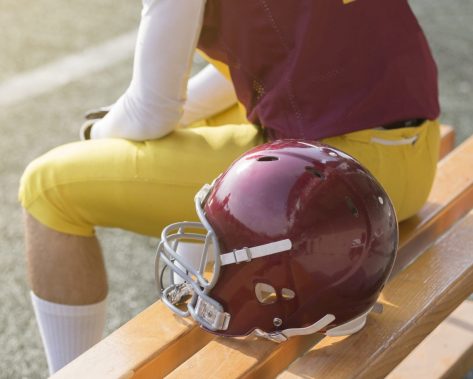
The ADA recommends wearing mouthguards for sports
Experience Denta-Gard® Kid's Comfort Pro sports mouthguard, the top choice of dentists and coaches for superior mouth protection. Designed for young athletes, this high-quality mouthguard offers maximum comfort, safety, and full-mouth protection in sports like football, basketball, lacrosse, wrestling, ice hockey, soccer, flag football, field hockey, martial arts, and more. Engineered for comfort and performance, Kid’s Comfort Pro helps athletes stay focused while providing unmatched protection and comfort.
Need a mouthguard for braces? We have you covered with the best mouthguard for braces, ensuring a secure fit and ultimate safety. Protect your child with the #1 sports mouthguard for young athletes!

Kid’s Comfort Pro™ mouthguards from Denta-Gard® are time-tested sports mouthguards. As technology and materials have advanced, that science has been designed into the Kid’s Comfort Pro mouthguards to make it the #1 recommended mouthguard by family dentists, pediatric dentists, and orthodontists.

© Copyright 2025, DentaGard, LLC. All Rights Reserved
